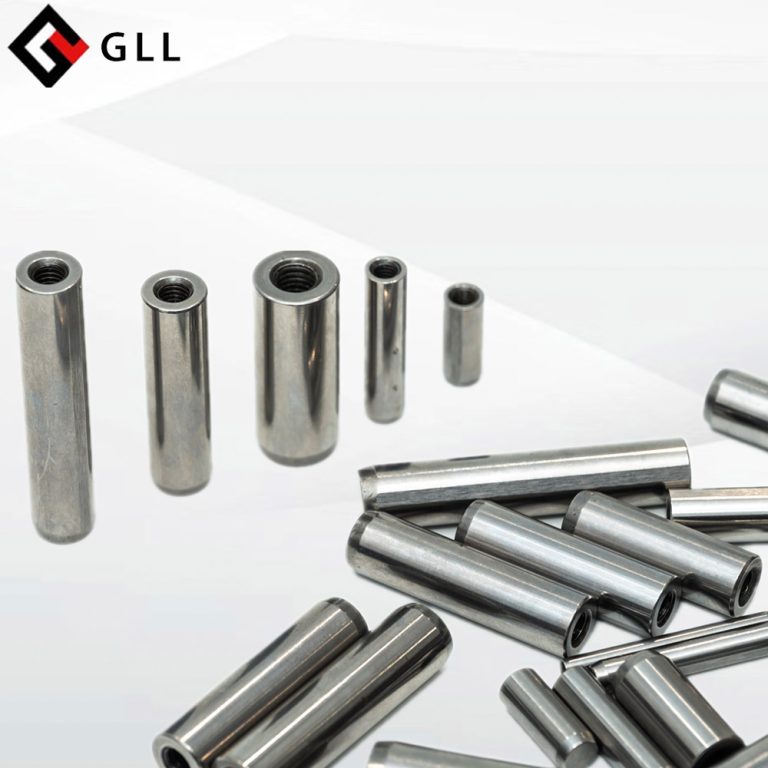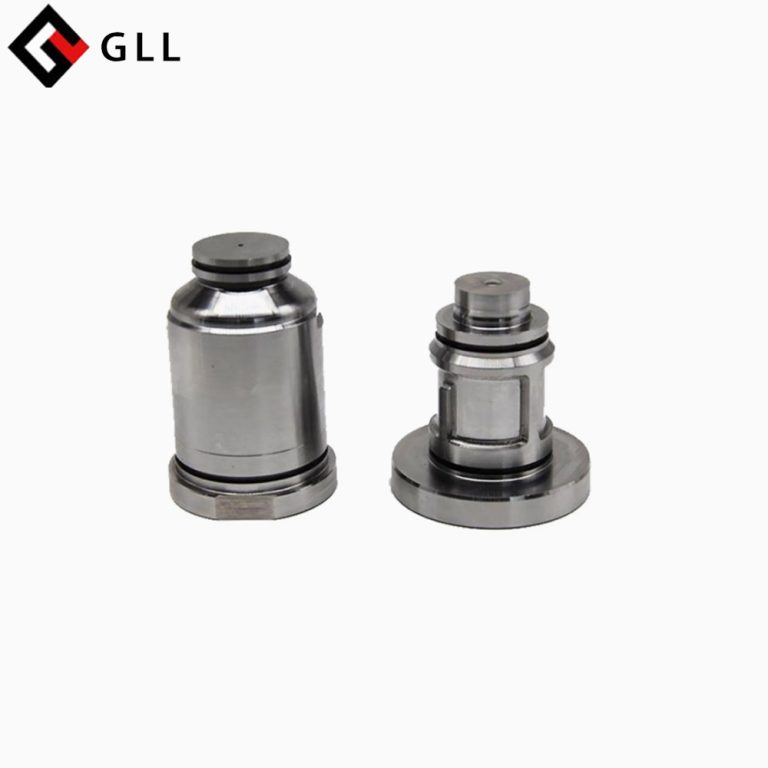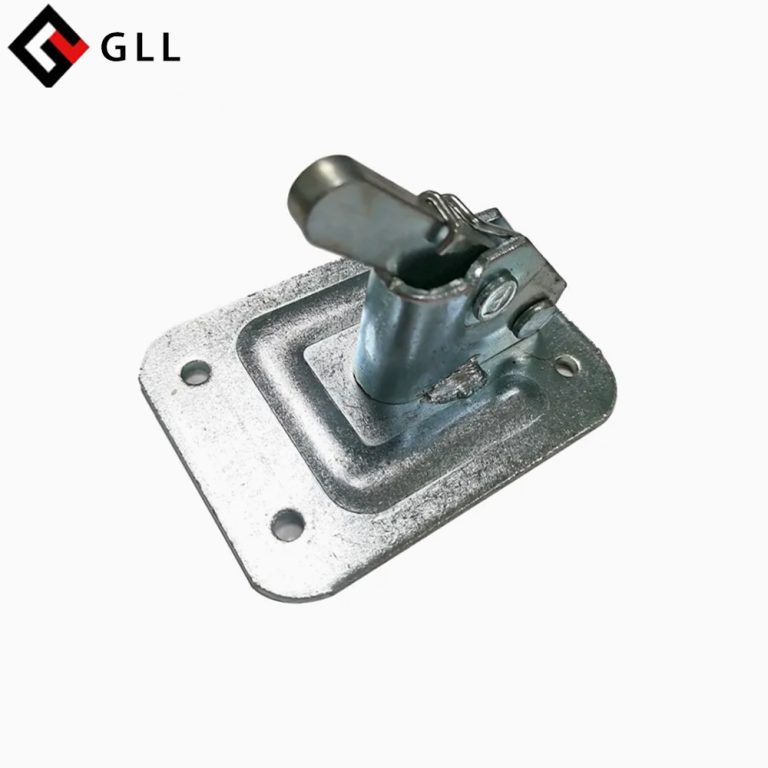Aluminum die casting is a popular manufacturing process that involves the use of molten aluminum alloy to create intricate parts and components. This process is widely used in various industries, such as automotive, aerospace, and electronics, due to its high efficiency, accuracy, and durability. However, there are other casting techniques that can also be used for aluminum, namely sand casting and investment casting. In this article, we will explore these three casting techniques and compare their advantages and disadvantages.
Sand casting is the oldest and most traditional casting method, which involves the use of sand molds to create the desired shape of the part. The sand is mixed with a binder, such as clay, to hold its shape and prevent it from collapsing when the molten metal is poured into it. Once the mold is ready, the molten aluminum is poured into it and left to solidify. After the metal has cooled down, the sand mold is broken apart, and the part is removed.
The advantages of sand casting are its low cost, versatility, and ability to cast large parts. Sand casting is also suitable for complex shapes and designs, as the sand can be easily molded and shaped. However, sand casting has some limitations, such as its lower accuracy and surface finish compared to other casting techniques.
Die casting is a more modern and efficient casting method, which involves the use of a metal mold, or die, to create the part. The die is made of two halves, which are pressed together to form the desired shape of the part. The molten aluminum is then injected into the die under high pressure, which fills the cavity and creates the part. Once the metal has solidified, the die is opened, and the part is removed.
The advantages of die casting are its high accuracy, surface finish, and repeatability. Die casting is also suitable for high-volume production and can produce parts with thin walls and complex geometries. However, die casting is more expensive than sand casting, and the molds require more maintenance and replacement.
Investment casting, also known as lost-wax casting, is a casting method that involves the use of a wax model to create the part. The wax model is coated with a ceramic shell, which is then heated to melt the wax and harden the shell. The shell is then filled with molten aluminum, which solidifies and forms the part. Once the shell has cooled down, it is broken apart, and the part is removed.
The advantages of investment casting are its high accuracy, surface finish, and ability to cast complex shapes and designs. Investment casting is also suitable for small to medium-sized parts and can produce parts with thin walls and intricate details. However, investment casting is more expensive than sand casting and requires more time and effort to create the wax model and ceramic shell.
Conclusion
In summary, aluminum die casting is a popular and efficient casting method, but it is not the only option available. Sand casting, die casting, and investment casting are three other casting techniques that can also be used for aluminum. Each technique has its own advantages and disadvantages, depending on the requirements of the part and the production volume. By understanding these differences, manufacturers can choose the most suitable casting technique for their needs and achieve the best results.




